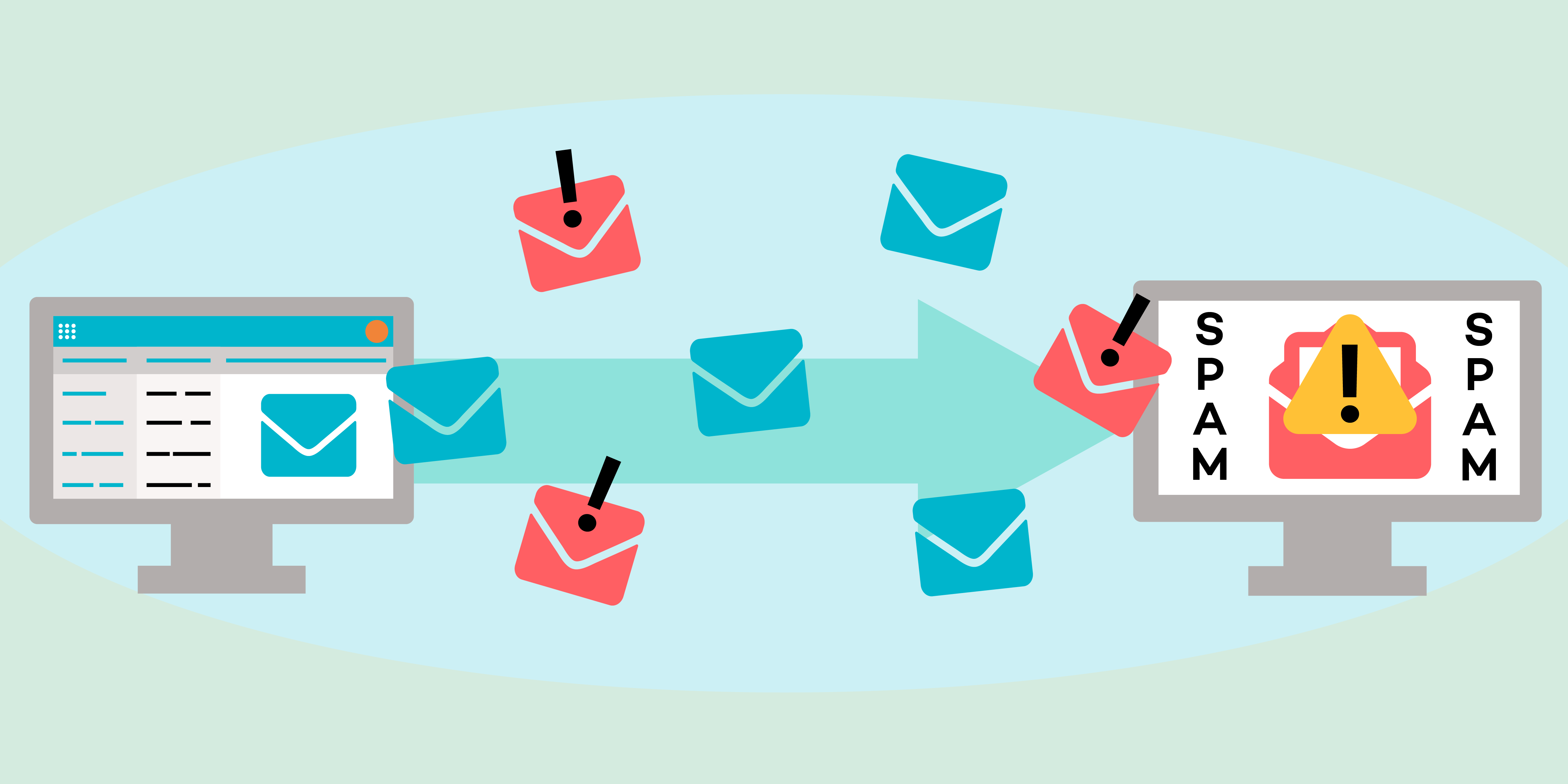
On this blog we've talked extensively about sending reputation, best practices, and how to best reach your contacts inboxes. There is a wide array of factors that figure into this overall idea of deliverability, but one practice you may not have considered as harmful is email forwarding, particularly automatic email forwarding.
Take this scenario:
You have your work email address set up to automatically forward all emails it receives to your personal address. You do this to help you easily view all your emails in a single inbox.
Then, your work email address receives a malicious email trying to phish for your personal data. That email is then automatically forwarded to your personal address, where it is blocked. While this seems like it may be OK and normal, it can actually be quite harmful to the sending reputation of your work address (where the malicious email was forwarded from). In fact, this might get labelled as a spammer or malicious sender!
It works like this: when your email account is forwarding along emails, you then become the carrier and sender of that malicious or spammy content. When that's all being done automatically, there's very little that can stop it before it becomes a problem. Depending on how much spam you end up forwarding, it may only be a matter of time before it starts affecting your ability to successfully send email from your work address. This can result in your sent emails landing in the junk folder or becoming blocked. It can even affect your email domain, potentially harming your colleagues' and company's sending reputation as well.
So, what would be a better solution to effectively combine your multiple inboxes without automatically forwarding from one to the other? You may wish to use POP or IMAP to retrieve emails from another account. Rather than being forwarded from one account to another, this allows one account to request the emails from the other account. Here are some resources from Google and Microsoft on how you can accomplish this with their platforms:
Before we close, I also want to quickly cover email forwarding in general, which has its own risks even with non-spam emails. The main concern here is the stability of the content. You've probably seen it before - you create a great and flashy-looking marketing email, only to see it fall apart visually when you forward it to someone else.
This is a long-known effect of email forwarding - email clients all render email differently, and, depending on the email client, some of the html may be stripped or altered when the forward process occurs. The good news is there are plenty of ways around this depending on what your goal really is.
- Are you forwarding for review purposes? Well, rezora provides an 'online link' that you can easily share so folks can view your marketing piece as a web page with an un-altered design.
- Are you wanting to share an email you received with your own friends or contacts? Consider using the 'share on social media' button that you find in many (although not all) marketing emails.
- Is forwarding truly inevitable? Perhaps a simpler design will help mitigate any issues you might see in the content breaking down after its forwarded.
Did you realize that email forwarding carried so many risks? Do you have some neat workarounds or solutions you regularly use? Let us know!
Further Reading:
- What's Under The Hood at rezora: Deliverability, Your Reputation, And How You Can Improve
- The Best Time To Send An Email According To 10 Years of Data
- Is the risk worth the reward? An overview of email marketing's riskier practices
- Avoiding The SPAM Folder and Deliverability Best Practices



